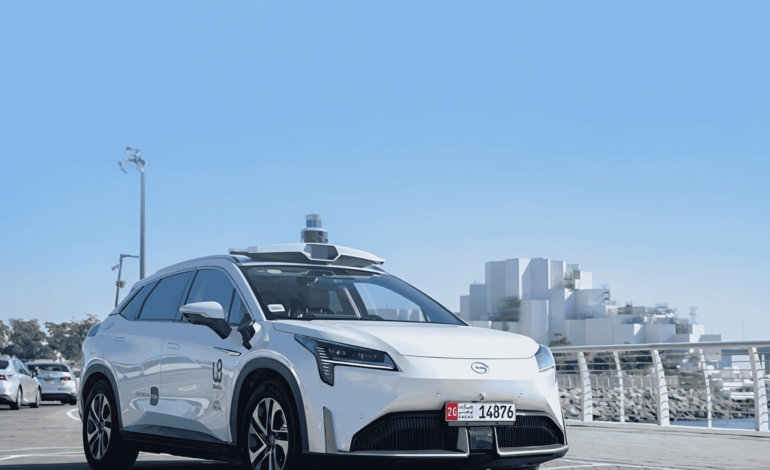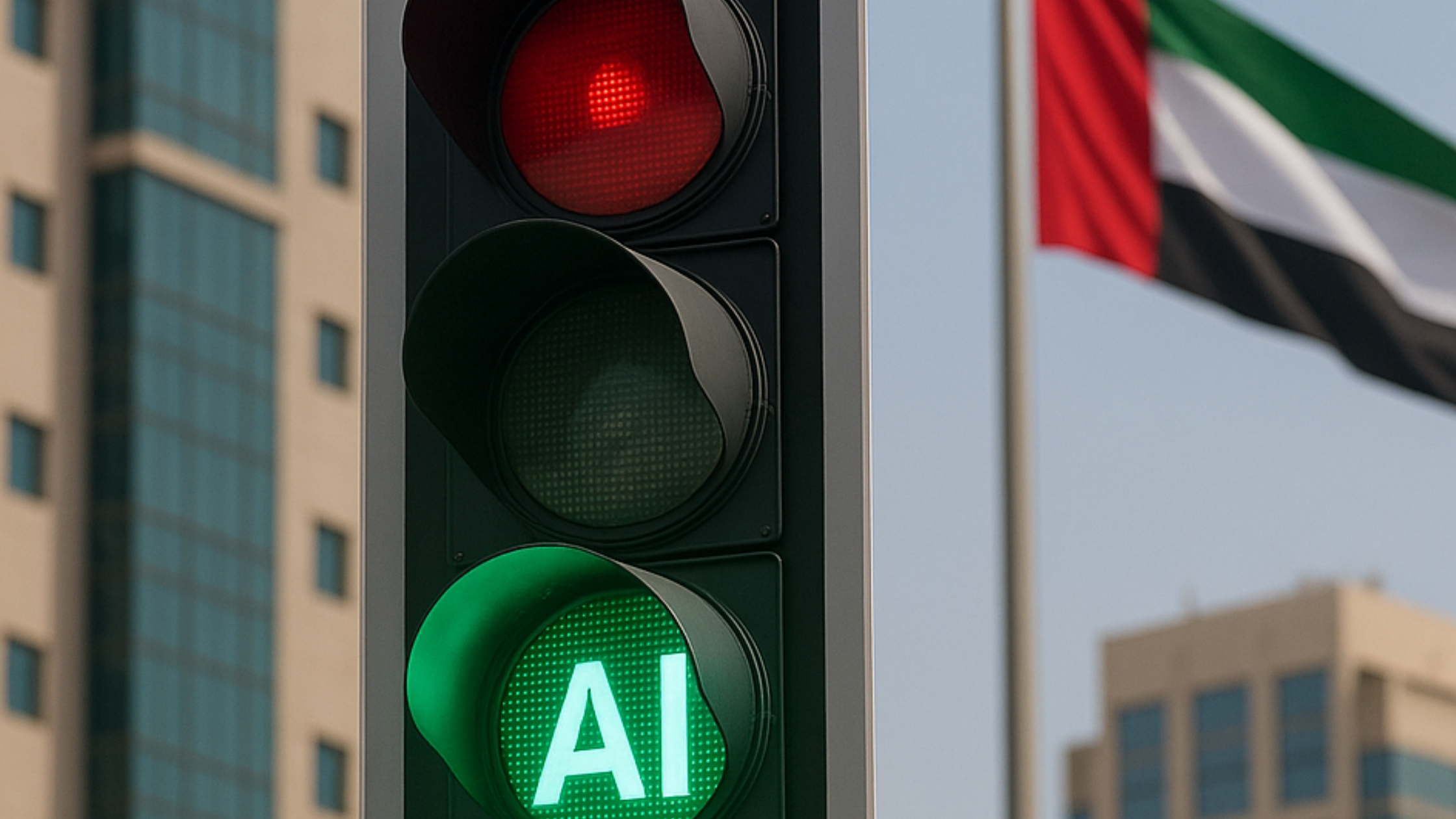Dubai’s Driverless Taxis: The Future of Travel

Dubai is introducing self-driving taxis as part of its plan to revolutionize urban mobility. With advanced technology and strategic planning, these autonomous vehicles aim to enhance safety, reduce emissions, and offer a glimpse into the future of transportation.
Dubai, a city known for its futuristic vision and rapid technological advancements, is once again making headlines with the launch of autonomous taxis. This initiative is a crucial step in transforming public transportation and aligning with the city’s broader goals of smart and sustainable mobility.
The Introduction of Self-Driving Taxis
Dubai’s journey toward autonomous taxis began with careful planning and collaboration with leading technology firms. The introduction of these driverless cabs marks a significant shift in urban transportation, aiming to make travel more efficient and environmentally friendly.
These vehicles are equipped with cutting-edge sensors, cameras, and artificial intelligence to navigate the city’s streets safely. Initial testing phases include supervised trials to ensure the technology can adapt to the unique traffic conditions and infrastructure of Dubai.
Vision and Strategic Goals
The deployment of autonomous taxis is part of Dubai’s ambitious vision to transform a significant portion of its public transport into driverless operations in the coming years. The plan aligns with the city’s goal of making mobility smarter, safer, and more efficient while reducing congestion and emissions.
By introducing these taxis, Dubai aims to set an example for other cities worldwide, showcasing how urban centers can integrate technology into transportation systems for a more sustainable future.
How the Autonomous Taxis Work
These self-driving taxis rely on advanced artificial intelligence and machine learning algorithms to navigate roads, recognize obstacles, and interact safely with other vehicles and pedestrians. They come equipped with:
LIDAR Sensors: These sensors scan the surroundings in real-time to detect and avoid obstacles.
High-Resolution Cameras: These capture images to help the vehicle identify road signs, traffic lights, and pedestrians.
Radar Systems: These assist in detecting objects at varying distances, ensuring smooth navigation.
During the initial phase, a human safety driver is present in the vehicle to monitor its performance and intervene if necessary. This helps in assessing real-world performance before moving to fully autonomous operations.
The Road to Implementation
The first phase of the rollout involves testing autonomous taxis in designated areas with controlled conditions. These tests are essential to fine-tune the technology and address any challenges before expanding the service to more locations.
Dubai plans to gradually increase the number of autonomous taxis, eventually integrating them into the city’s wider transportation network. Future developments will likely include dedicated lanes for self-driving cars and enhanced road infrastructure to support this new mode of transport.
Economic and Environmental Impact
The introduction of autonomous taxis is expected to bring multiple benefits, both economically and environmentally. These vehicles are designed to reduce fuel consumption and emissions, contributing to Dubai’s sustainability goals.
From an economic perspective, the move towards driverless taxis can create new opportunities in technology, infrastructure, and service industries. The automation of transportation could also lead to cost savings in terms of fuel, labor, and operational efficiency.
Public Awareness and Acceptance
For any groundbreaking technology to succeed, public acceptance is crucial. Dubai is working towards educating residents and visitors about the benefits of autonomous taxis through public demonstrations and awareness campaigns.
Ensuring passengers feel safe and comfortable using self-driving taxis is a priority. Authorities are implementing strict safety regulations and testing protocols to build trust and confidence in this technology.
A Glimpse Into the Future
Dubai’s push for autonomous taxis is not just about modernizing transportation but also about leading the way in smart city initiatives. The success of this project could influence how other cities adopt self-driving technology in the coming years.
As the city continues to innovate, the vision of a driverless future is becoming a reality. With each step forward, Dubai cements its reputation as a pioneer in futuristic transportation solutions.
Dubai’s introduction of autonomous taxis marks a significant milestone in the evolution of urban transportation. By integrating cutting-edge technology with strategic planning, the city is setting the stage for a more efficient, safe, and environmentally friendly future. As testing progresses and the fleet expands, these self-driving taxis will play a crucial role in transforming mobility, reducing congestion, and promoting sustainability. With its bold vision and commitment to innovation, Dubai is not just embracing the future of transportation—it is shaping it.








1 Comment
[…] These innovations would not only streamline the learning experience but also position the Hatta center as a tech-forward facility aligned with Dubai’s Smart City goals. […]
Comments are closed.